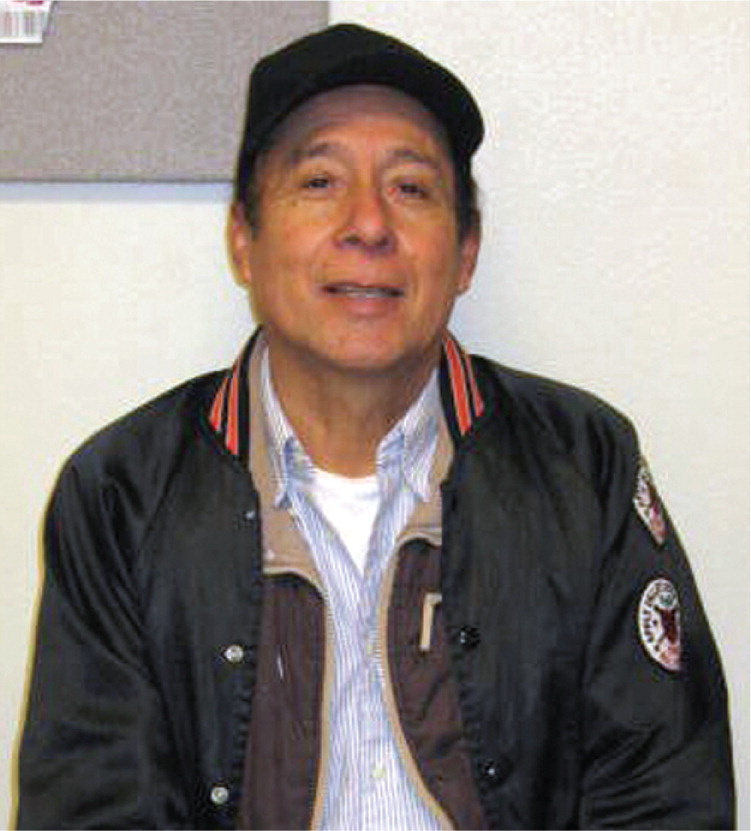
Am Fam Physician. 2010;82(11):1330

I was diagnosed with diabetes 10 years ago. I was doing just fine taking my pills, until my doctor told me I needed insulin. I was so scared. My family members all have diabetes. As a Hispanic person, I have heard about the bad effects of insulin ever since I can remember. For example, I have heard that insulin causes kidney failure (my niece had to go on dialysis as soon as she started insulin); insulin causes leg amputations (this happened to my brother); insulin makes you go blind (this happened to my sister); and insulin injections hurt. Then my sister died shortly after having been prescribed insulin, and I always thought it was the insulin that caused her death. Also, I believed that once you start using insulin, you can never stop, because it is addictive.
These are the reasons why I told my doctor “no way” when she told me that I needed insulin. I didn't want to end up like my family members. I didn't want to go on dialysis, lose my leg, go blind, or die. My doctor told me that my blood sugar level was too high with the pills, and I was already on the maximum doses. She also told me that my photo eye exam already showed that I had changes in the back of my eyes from the diabetes, and I wasn't even on insulin yet. She explained that high blood sugar levels over a long period of time can actually cause those things to happen, not the insulin, and that my fears were all based on myths about diabetes within the Hispanic community. She told me the injections wouldn't hurt, and that her nurses would teach me how to do the injections. After she took the time to explain all of that, and I learned how to do the injections, I wasn't so scared anymore. Now my blood sugar levels are better controlled, and I'm going to live a long and healthy life.—o.t.
COMMENTARY
We have all encountered nonadherent patients, and may have been somewhat baffled or even frustrated in those circumstances. However, it is important to remember that there are many cultural barriers that our patients may face. We need to remember to ask our patients what their personal obstacles are, and what they fear regarding our management choices. Often, their answers may be surprising to hear. I was stunned to hear O.T.'s response to those questions, and quickly learned that he is not the only one with those same fears within the Hispanic community. Once I was able to understand why he was not willing to take his insulin, I was able to break through those cultural barriers by providing him with the proper education about insulin. He soon changed from a nonadherent patient to an adherent one. Patient education is a vital part of family medicine, and we all have a responsibility to teach our patients about the ways their cultural beliefs might get in the way of their health.
